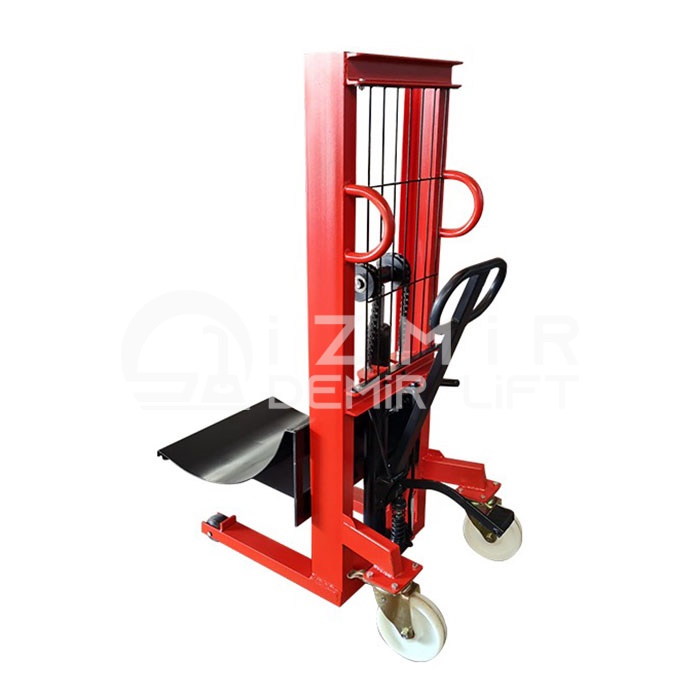
In warehouse operations, the effective placement and removal of materials is critical to warehouse efficiency and operational performance. Stackers automate these processes, helping to perform them more quickly, efficiently, and effectively. Here are some key points regarding stackers and efficient placement and removal processes in warehouse operations:
Correct Stock Placement Planning: Proper stock placement planning is crucial for an efficient placement process. Stock placement strategies should be established to optimize warehouse space and ensure easy access to materials. These strategies can be determined based on material type, demand density, and warehouse layout. For example, placing high-demand products in more accessible areas ensures quick and efficient operations.
Labeling and Barcoding: Labeling and barcoding systems can be used to accurately and quickly place materials. Each material is identified with a unique label or barcode, and the stacker reads this information to perform the placement process. This system prevents errors, saves time, and ensures accurate inventory tracking.
Data Integration and Automation: Stackers can integrate with the warehouse management system and automate the placement process. Stock information, requests, and priorities within the warehouse are automatically communicated, and the stacker acts accordingly. This integration and automation reduce human errors, increase efficiency, and optimize work processes.
Optimized Routing: Stackers ensure rapid and efficient placement of materials through optimized route planning. The shortest and most convenient routes within the warehouse are determined, and the stacker follows these routes to place materials in the correct locations. This saves time and optimizes mobility within the warehouse.
Training and Skill Development: Training and skill development for personnel working with stackers are crucial for efficient placement and retrieval processes. Operators must be able to use stackers correctly and effectively, react quickly, and resolve problems. Training programs and continuous development activities should enhance staff skills and provide a productive work environment.
Ultimately, efficient stacking and retrieval processes in warehouse operations allow businesses to accurately track inventory, ensure materials are easily accessible, and increase warehouse efficiency. Factors such as accurate inventory placement planning, labeling and barcoding systems, data integration and automation, optimized route planning, and training contribute to creating a productive work environment. By implementing these strategies, businesses can optimize their warehouse operations and gain a competitive advantage.